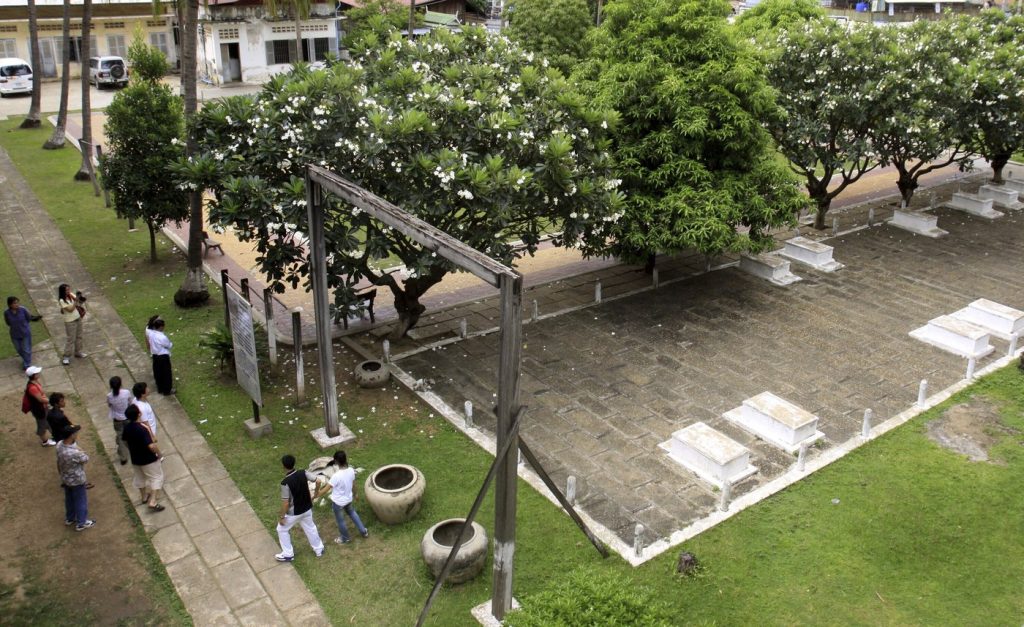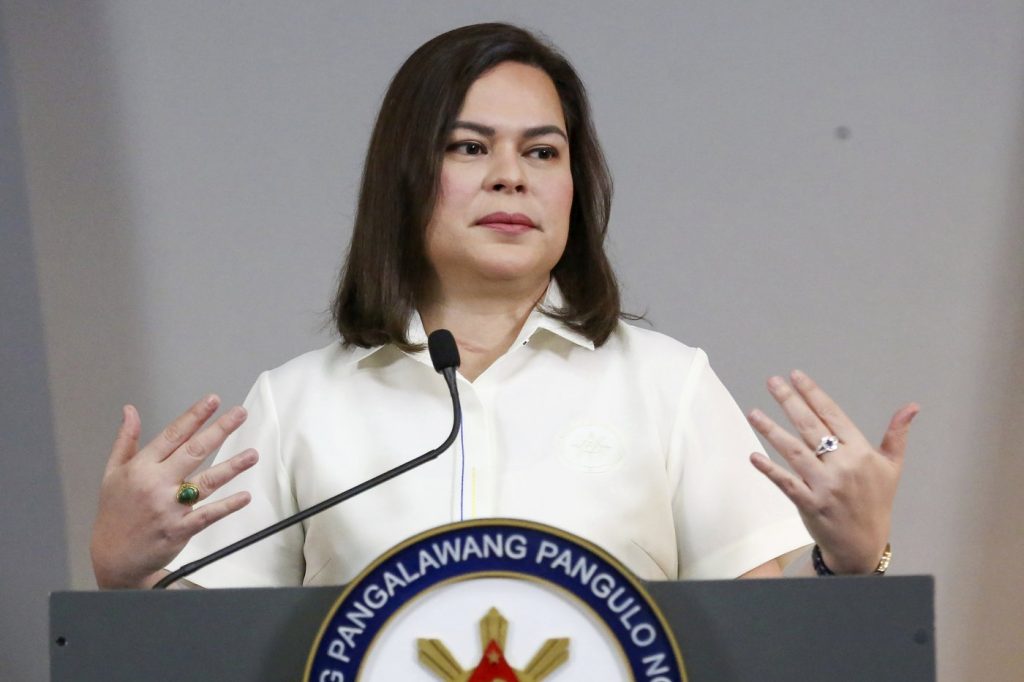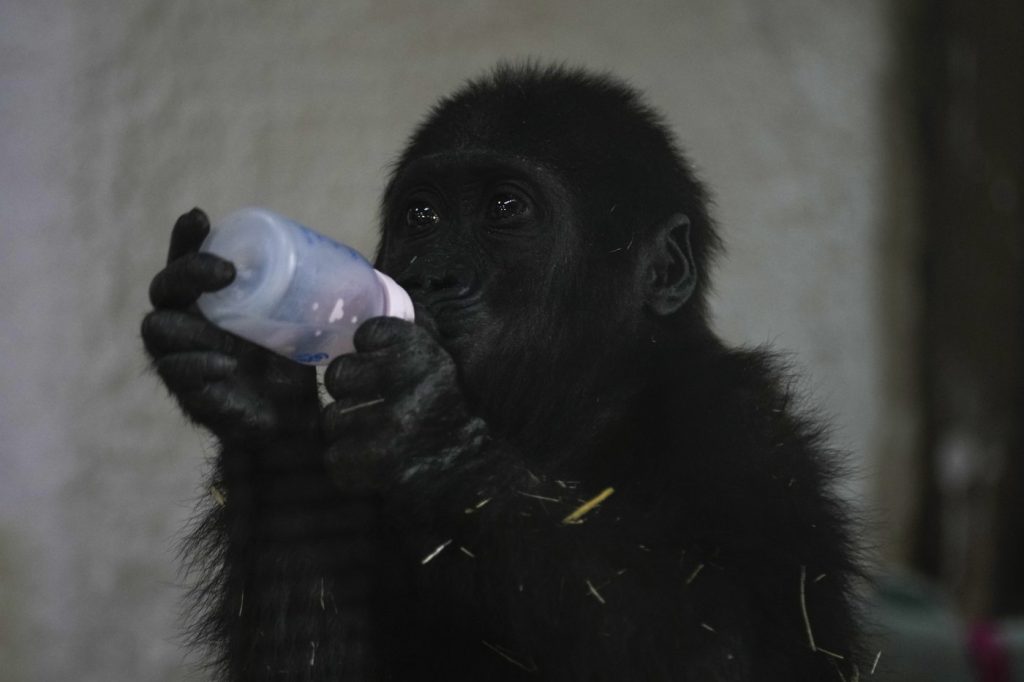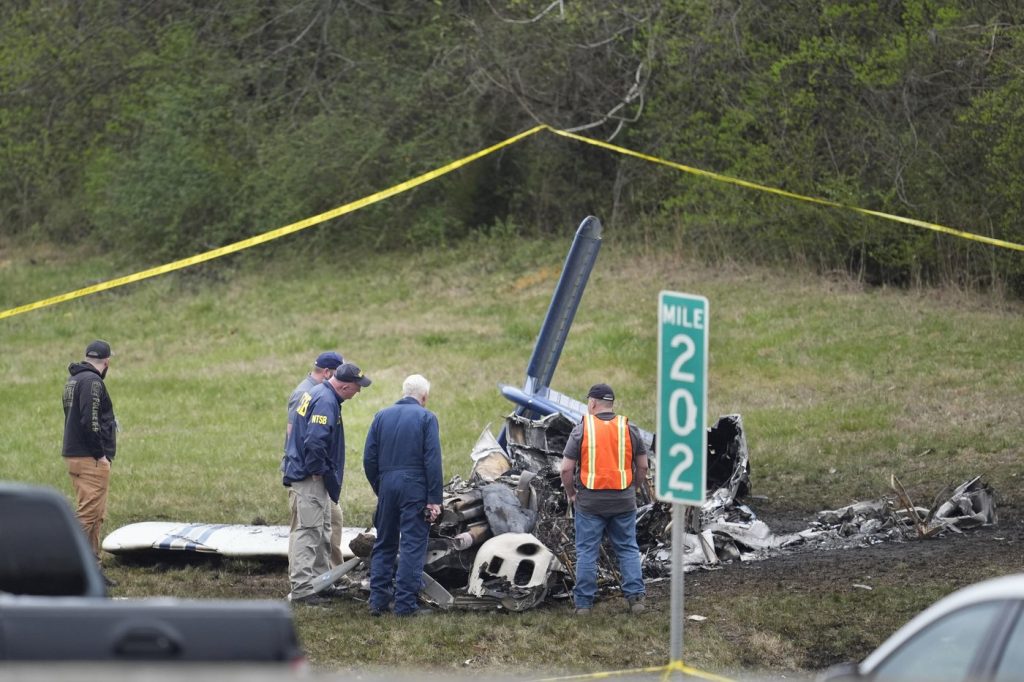PHNOM PENH, Cambodia - On Friday, UNESCO added three significant sites associated with Cambodia's Khmer Rouge regime to its World Heritage List during the 47th Session of the World Heritage Committee in Paris. This inscription marks a solemn commemoration of the 50th anniversary of the Khmer Rouge's rise to power, a period during which an estimated 1.7 million Cambodians lost their lives due to starvation, torture, and mass executions from 1975 to 1979.
The newly inscribed sites include the Tuol Sleng Genocide Museum in Phnom Penh, M-13 prison in Kampong Chhnang province, and Choeung Ek, known as a notorious execution site. Tuol Sleng, often referred to as S-21, was originally a high school repurposed into a prison where approximately 15,000 individuals were held and tortured. The M-13 prison was another principal facility used by the Khmer Rouge during their initial years. Meanwhile, Choeung Ek, situated about 15 kilometers south of Phnom Penh, served as an execution ground and mass burial site, gaining notoriety through the 1984 film "The Killing Fields," which depicts the experiences of New York Times journalist Dith Pran and his correspondent Sydney Schanberg.
The Khmer Rouge seized control of Phnom Penh on April 17, 1975, forcing nearly all city residents into rural areas where they worked under dire conditions until the regime was ousted by a Vietnamese invasion in 1979. In September 2022, the UN-backed Khmer Rouge tribunal concluded its work, having assessed cases against various Khmer Rouge leaders over 16 years. Although the tribunal incurred costs of $337 million, only three individuals were convicted, highlighting the complexities of justice in this historical context.
In response to the UNESCO designation, Cambodian Prime Minister Hun Manet requested that citizens beat drums simultaneously throughout the country on Sunday morning to honor the event. He emphasized that this inscription should serve as a lasting reminder of the need to defend peace, stating, "From the darkest chapters of history, we can draw strength to build a better future for humanity."
Youk Chhang, executive director of the Documentation Center of Cambodia, expressed that the nation continues to confront the painful legacies of genocide and mass atrocities. He believes that recognizing these sites on the UNESCO list will assist in educating younger generations in Cambodia and beyond. "Though they were the landscape of violence, they too will and can contribute to heal the wounds inflicted during that era that have yet to heal," Chhang remarked.
This recent UNESCO nomination marks Cambodia's first application for a modern and non-classical archaeological site and ranks among the first globally linked to recent conflict. The Ministry of Culture and Fine Arts in Cambodia noted that prior to this, four archaeological sites, including Angkor, Preah Vihear, Sambo Prei Kuk, and Koh Ker, had already been recognized as UNESCO World Heritage Sites.










